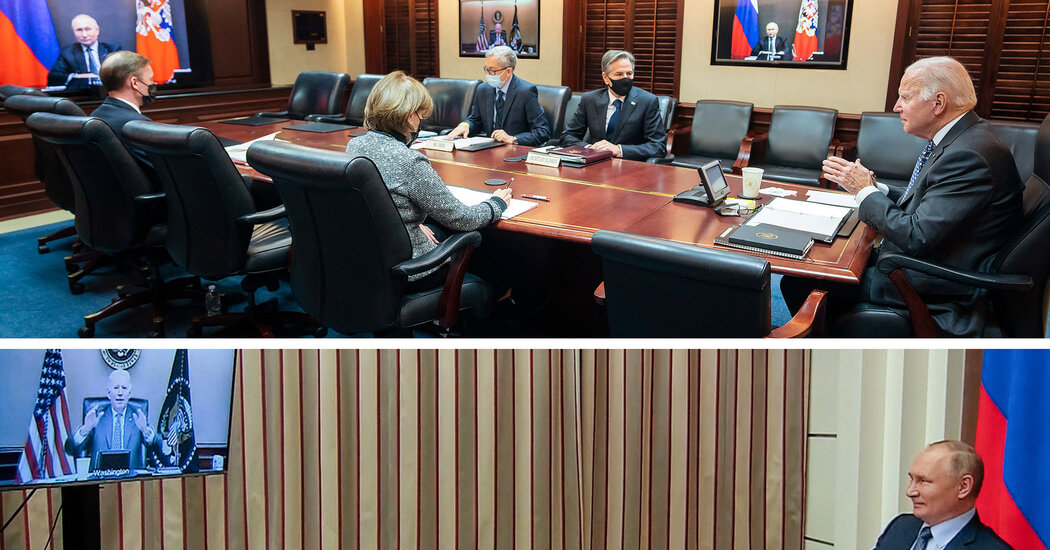
“I will look you in the eye and tell you, as President Biden looked President Putin in the eye and told him today, that things we did not do in 2014, we are prepared to do now,” Mr. Sullivan said, referring to the year Russia annexed the Crimean Peninsula. Virtually no country has recognized the action, and Western powers continue to levy sanctions against Russia for it. But the sanctions have failed in their primary objective: to create enough pain for Russia that it returns the territory.
In recent days, American officials have said that a list of potential penalties being compiled by the Treasury Department, in collaboration with European allies, ranges from blocking Russian companies from access to global capital markets to financial penalties aimed at the Russian elite, especially the oligarchs who have helped finance and support Mr. Putin.
The most extreme step — one that is still being debated — would be to cut Russia off from the global financial settlement system, called SWIFT, but some European officials have feared that step might provoke too harsh a response.
Mr. Sullivan also held out the possibility of “an alternative pathway by which we can make progress on diplomacy,’’ describing what would be, in essence, a return to a diplomatic process Russia engaged in six years ago — but has largely ignored since.
Russian officials said the tone of the call was “honest and businesslike.” But Mr. Putin’s key message, the Kremlin maintained, was that Western military activity was a threat to Russia, and that the United States was raising tensions in the region by increasing its “military potential near our borders.”
What Mr. Putin sees as a red line, Ukraine and the West see as reasonable defense for a country that already lost control of Crimea — still “occupied territory” in the United States’ description — and has been engaged in a war of attrition in Donbas, in the east.
Since the Crimea takeover, the United States has committed more than $2.5 billion in security assistance, including air surveillance radars, counterartillery radars, drones, secure communications, armed patrol boats and, most importantly, Javelin anti-tank systems. The last of those have worried Russian military leaders enough that some of the tanks seen massing on the borders are sporting new deflectors, like a metal umbrella, to deceive the missile’s homing systems.



